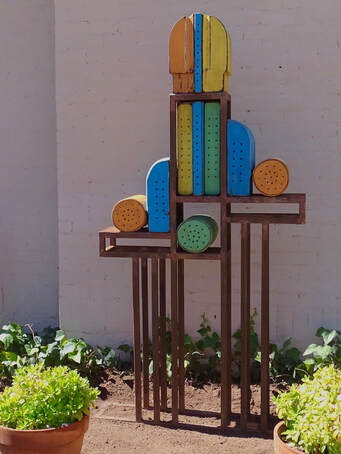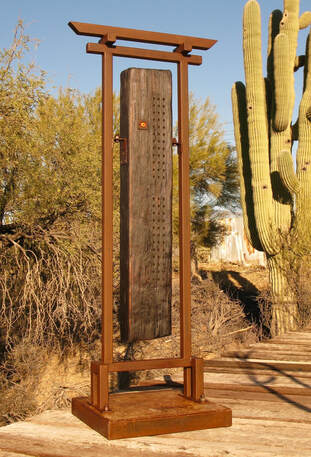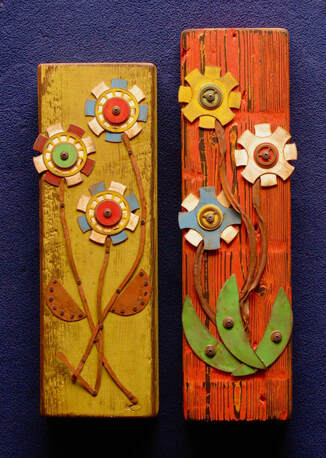Native Bees Need Nesting Habitats
Bare dirt is a great nesting habitat and many of our native solitary bees nest in the ground. A female bee digs a nest, builds a brood chamber, provisions it with pollen and nectar, and lays one egg inside. When the egg hatches within the brood chamber, the larva feeds on the pollen/nectar mixture that its mother provided and that is what nourishes it throughout its development into adulthood. Native bees need to have nesting sites near where they forage for food.
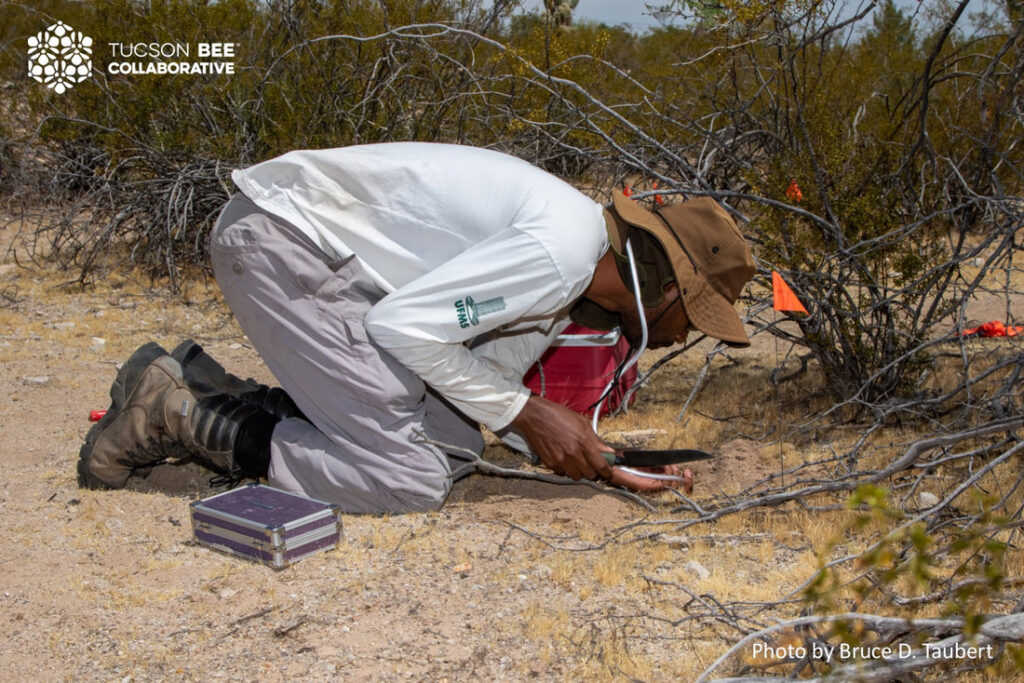
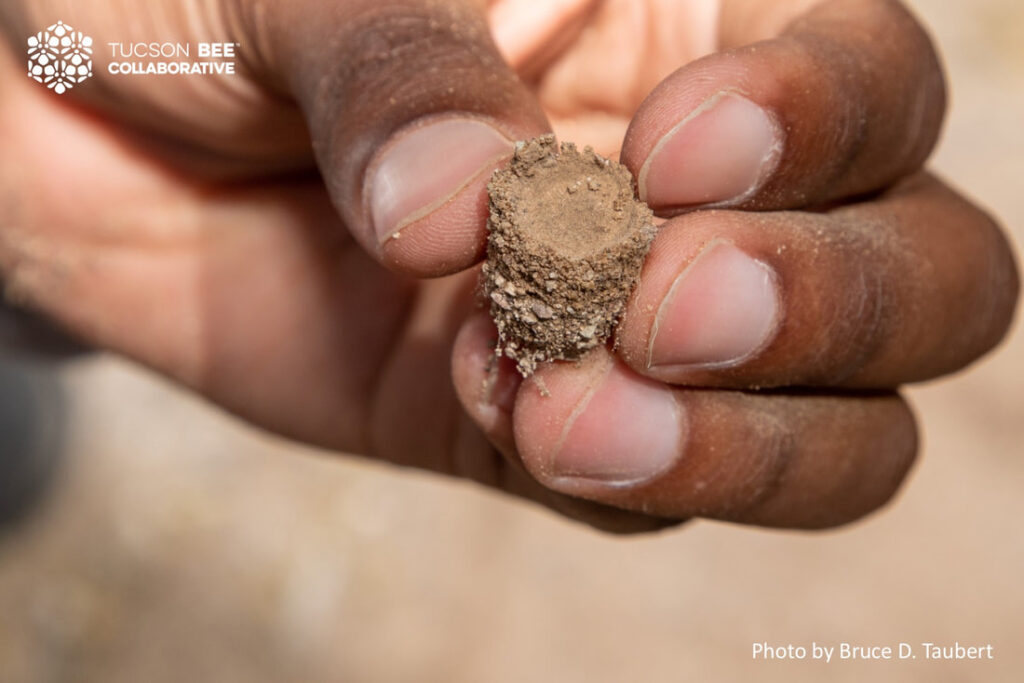
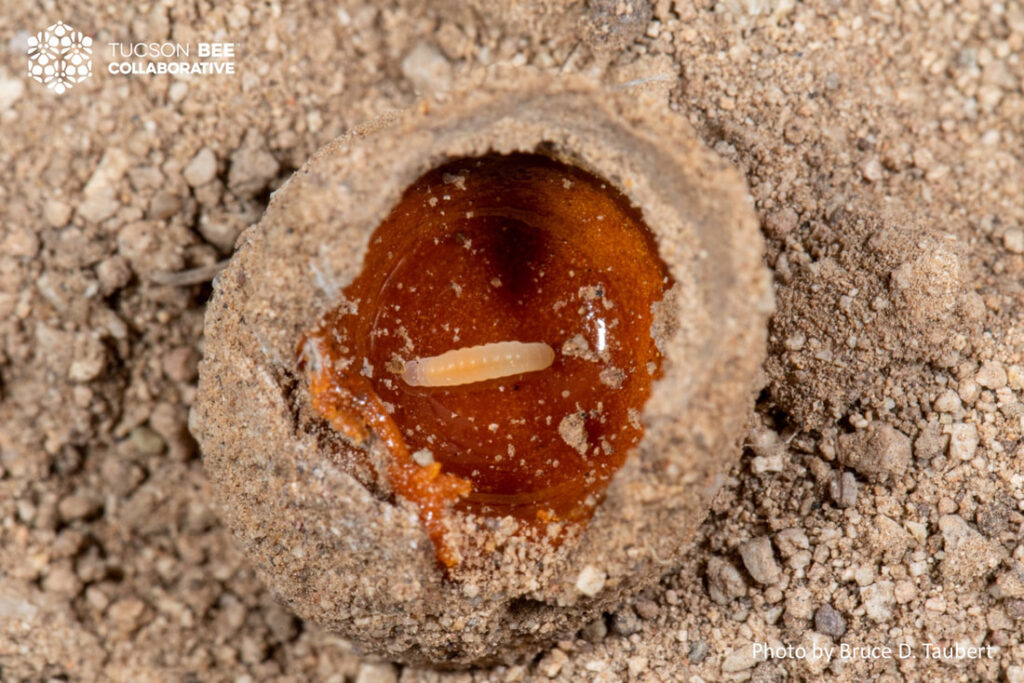
Most impressively, some native bees like the cactus bee Diadasia rinconis, form large nesting aggregations in the soil. These bees are solitary, each female digs her own nest and provisions it for her own young, but the females of this species choose to build their nests next door to one another. Video by Steve Buchmann.
Other native bees, such as the carpenter bees, excavate their nests in old sotol stalks. Soft dead wood is a good nesting habitat.
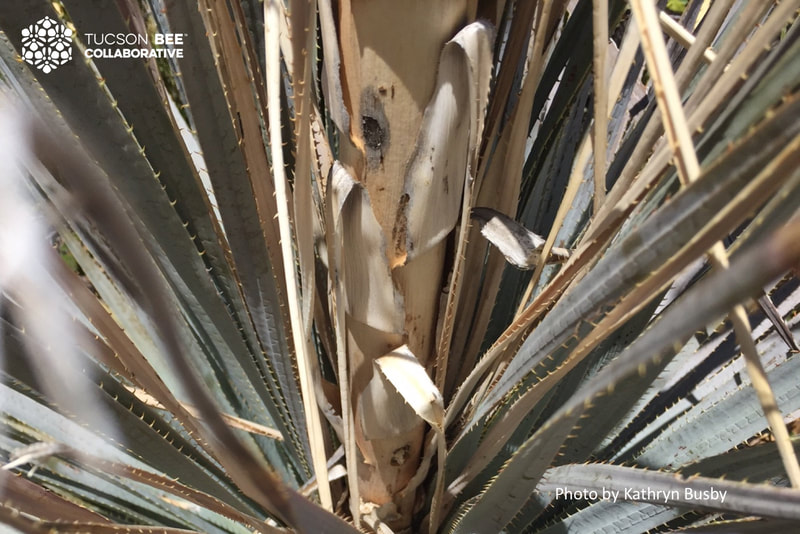
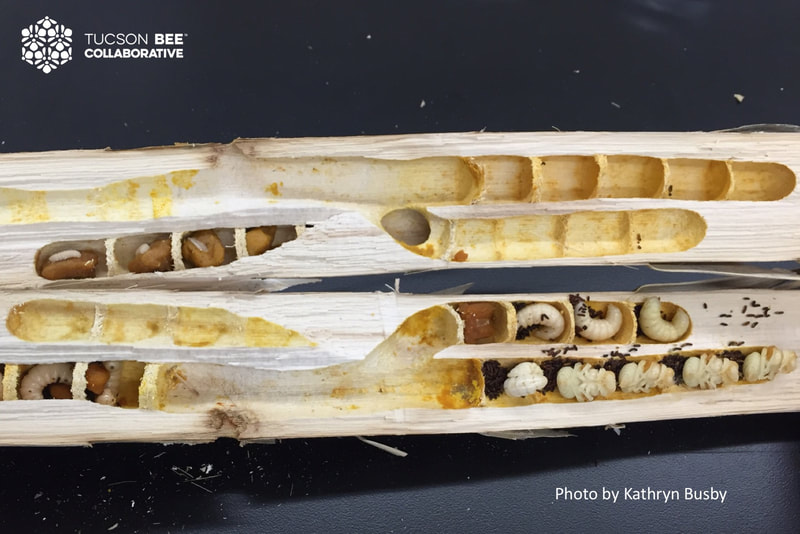
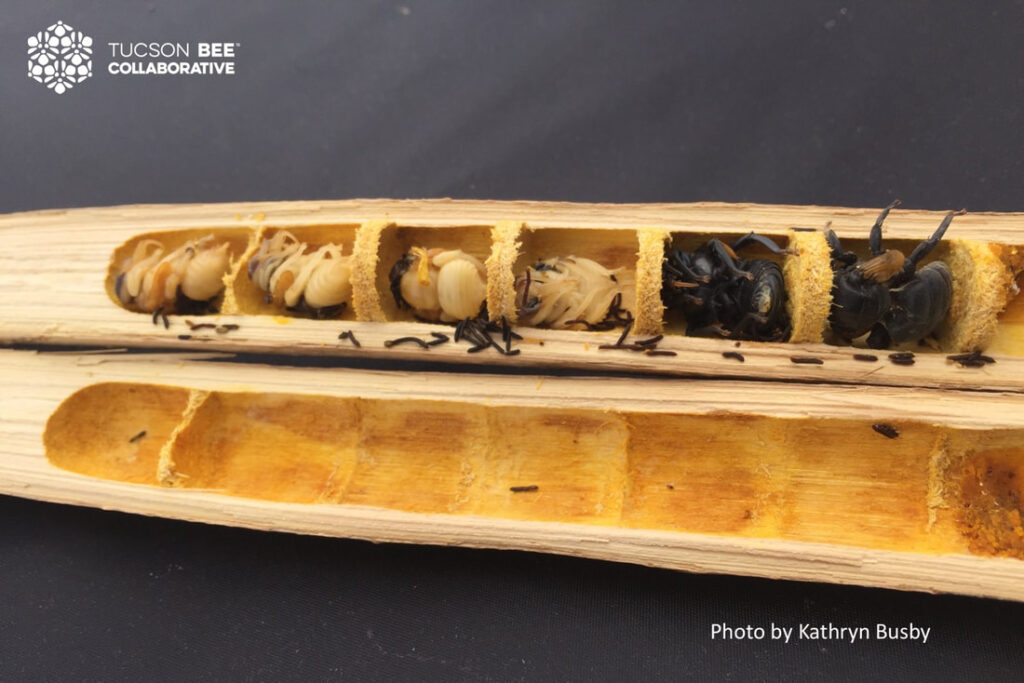
Other bees use holes drilled by other insects as their nesting sites. Local artist and landscape architect, Greg Corman, makes beautiful garden sculptures that double as nesting sites for leafcutter bees, mason bees and resin bees which use the drilled holes to build their nests.
